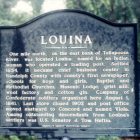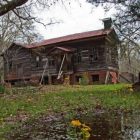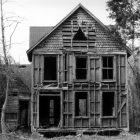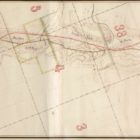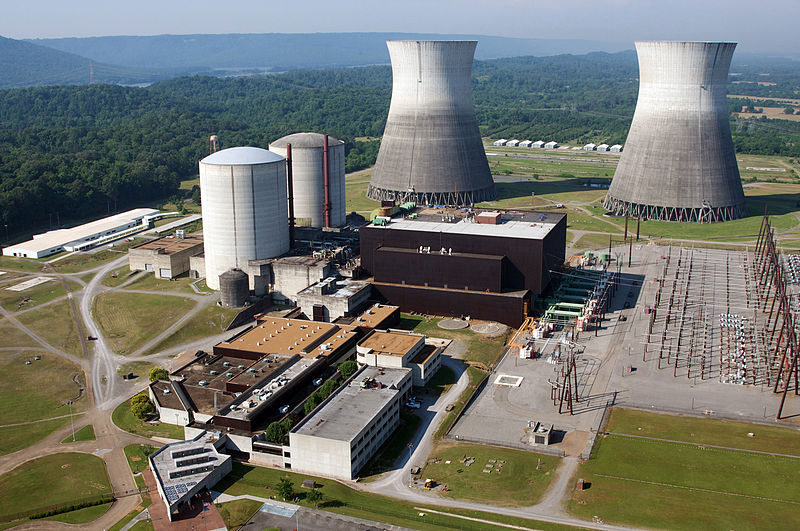Alabama Ghost Towns
ALABAMA GHOST TOWNS
|
Ghost towns in Alabama are a popular subject for more reasons than you may think. For instance, it is often required that we survey an abandoned property or ghost town in order to recreate a past event in order to help determine if the event could have actually occured as described in old newspaper articles or testimony of witnesses.

